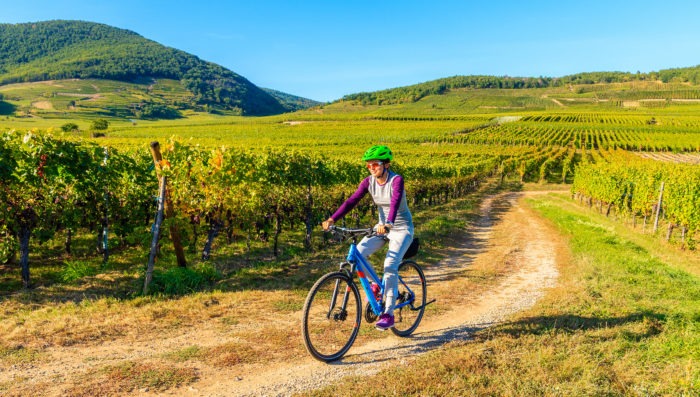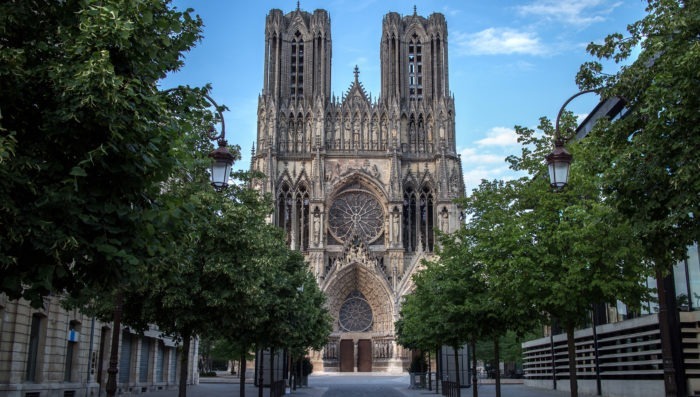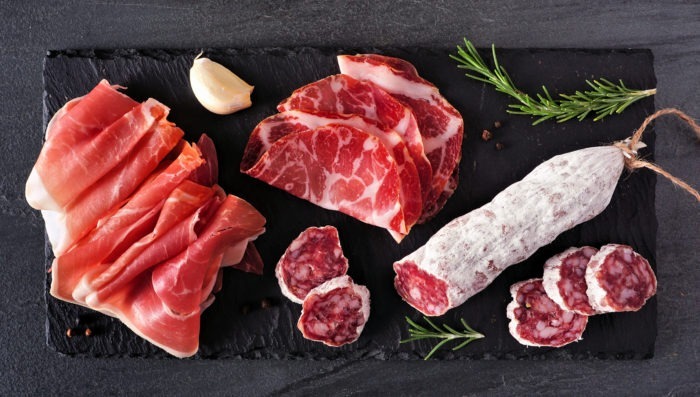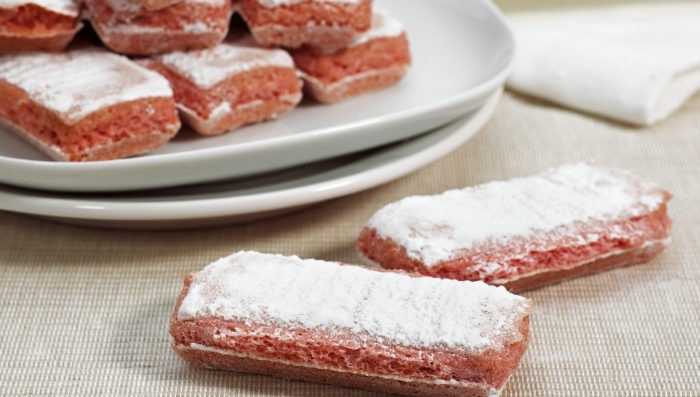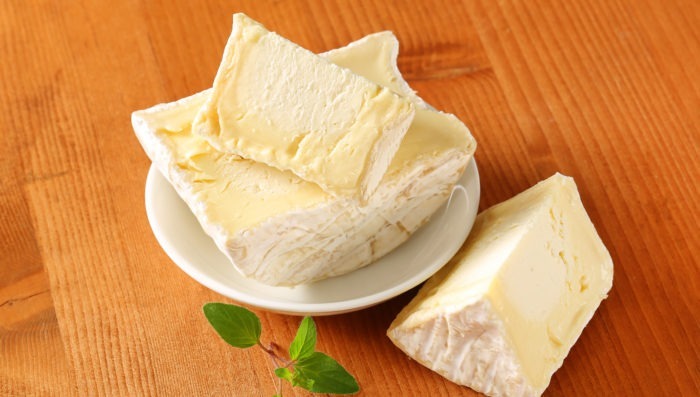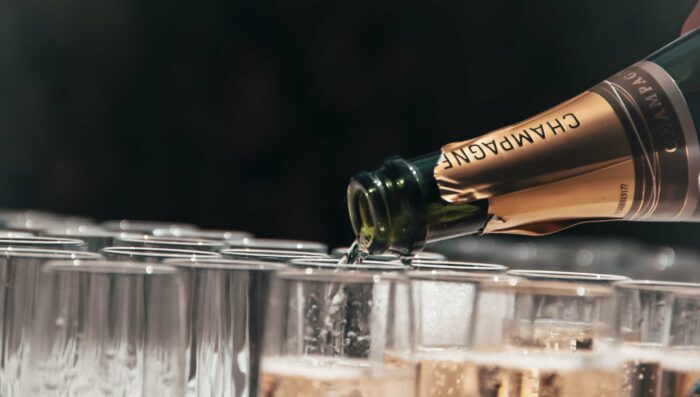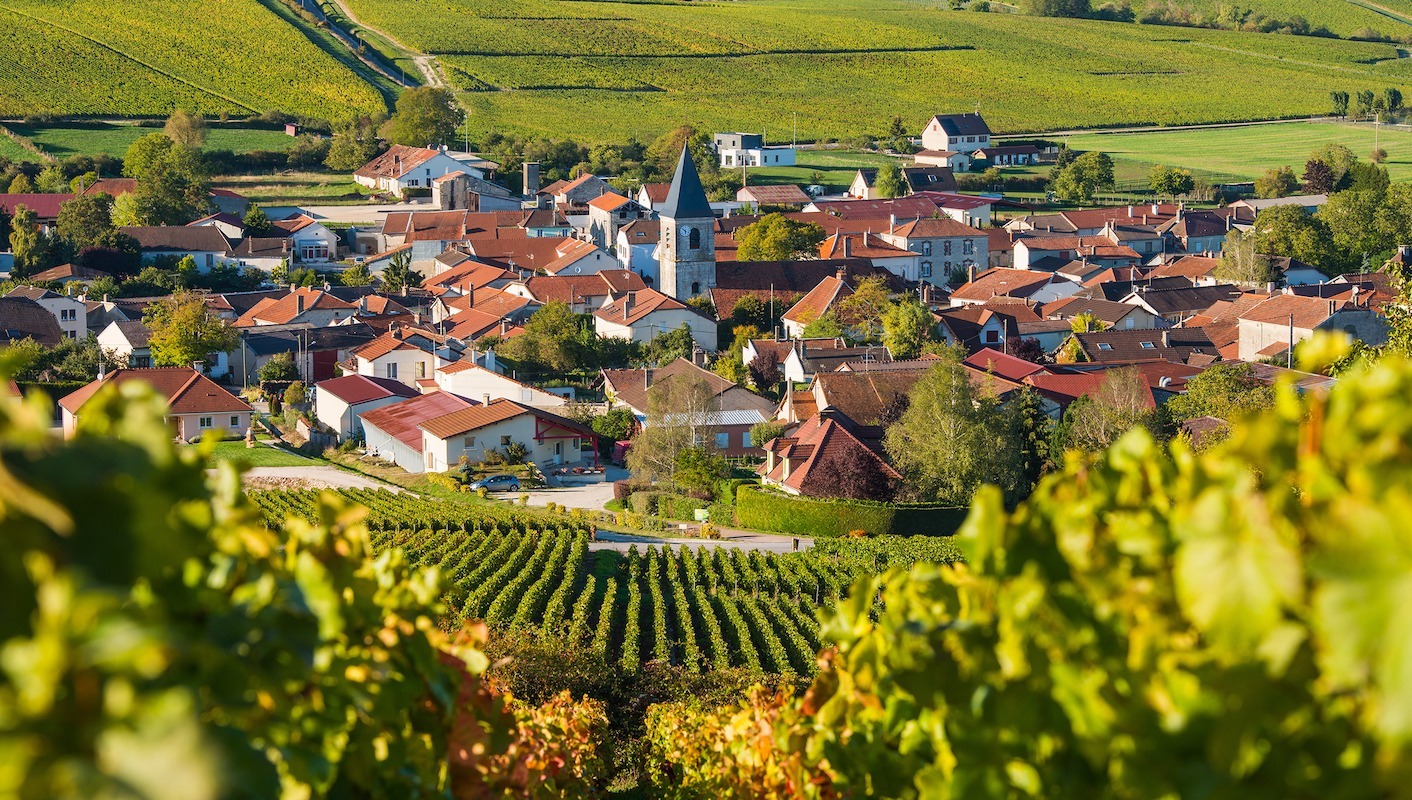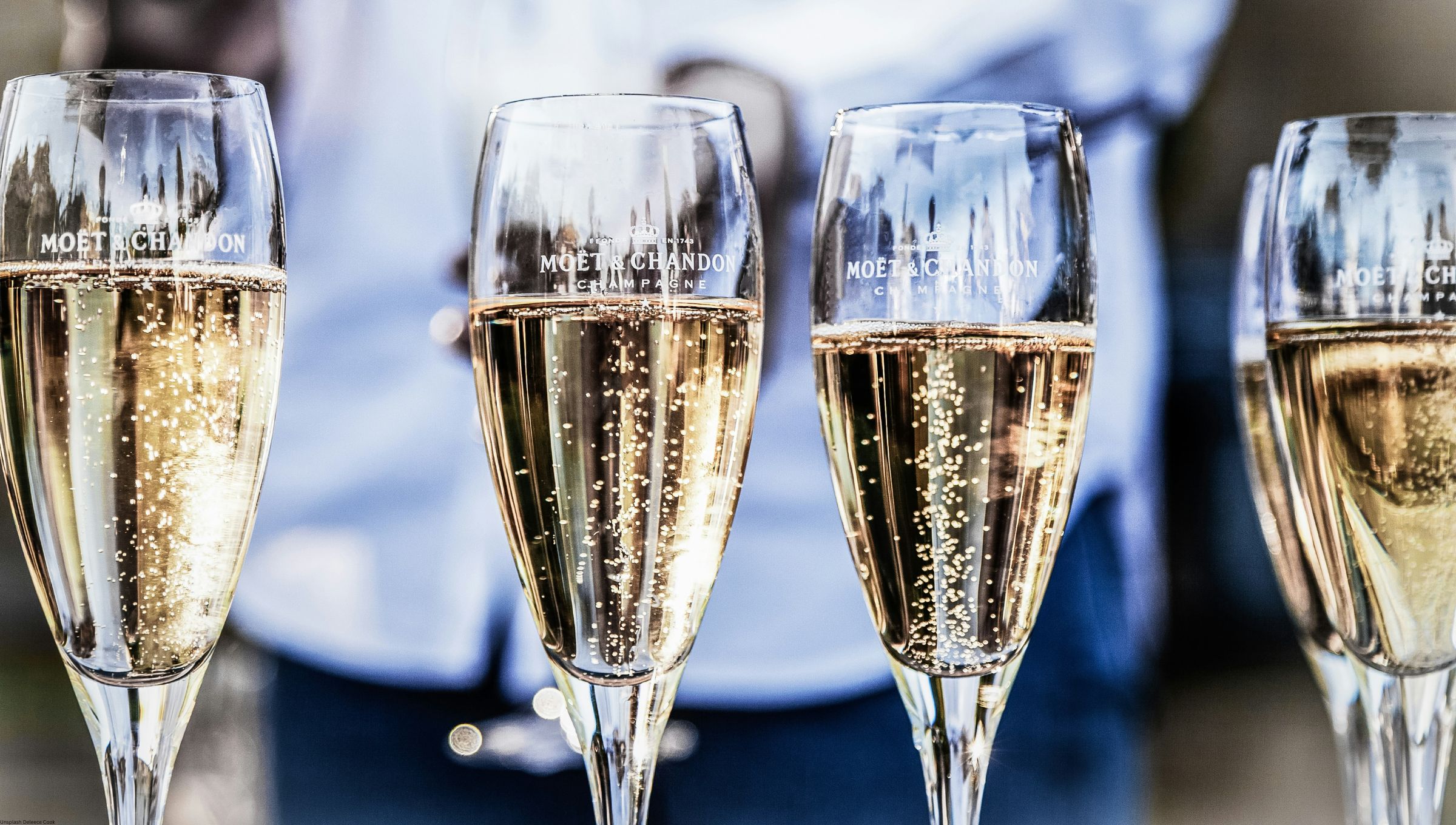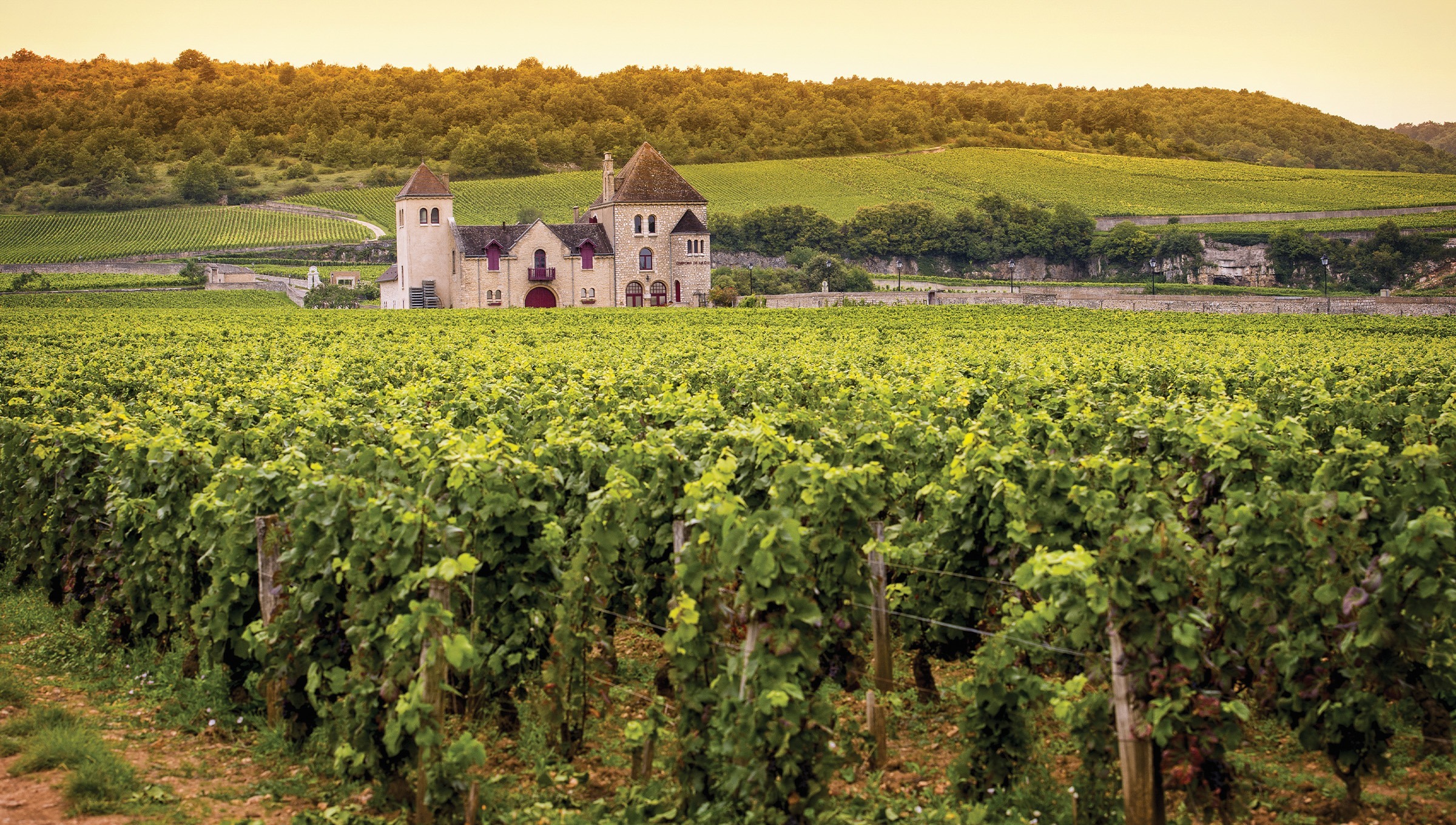Our Favorite Champagne Tours
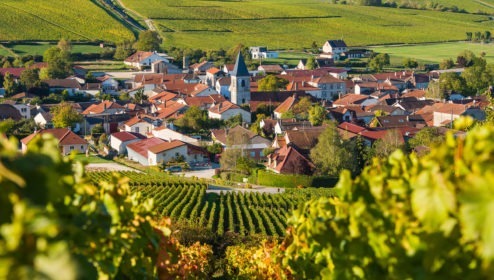
Three Wonderful Nights in Champagne
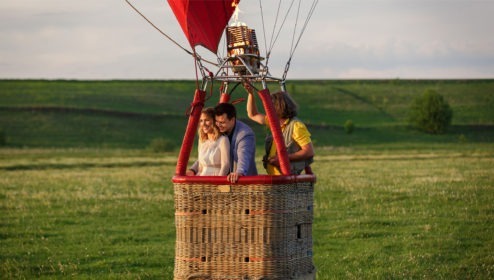
An Incredible Wine Trip to the Champagne Region

Exceptional Champagne Short Trip
Get to know the Champagne
About Champagne
As an appellation d’origine contrôlée, a protected designation of origin, this is the only place that can officially use the name Champagne. Located forty-five minutes east of Paris by train, there are hundreds of producers ranging from small family-owned wineries and collectives to prestigious Champagne houses like Louis Roederer and Moët & Chandon (who produce Cristal and Dom Pérignon respectively).
Most people traveling to Champagne will want to do some winery visits and tastings! Visit the producers with a private driver, on a group tour, or on an e-bike to learn about traditional méthode champenoise fermentation. Visits always include a delightful dégustation, an opportunity to sample the famous drink. Enology classes explain the flavor nuances and the usage of pinot noir, pinot Meunier, and chardonnay grapes. In 2015 Champagnes’ hillsides, houses, and wine cellars were designated a UNESCO World Heritage Site.
History
This region is critically important to French history. It was from here that Clovis I united the Frankish tribes, pushed the Romans out of Gaul, and became the first King of France in the late 5th century. He converted to Catholicism, and was baptized on the site of the current Reims Cathedral. This made the church a symbolic space where a millennium of French monarchs would be crowned.
Wine was cultivated in this area at least as early as the 5th century, often in monasteries. The 17th-century Benedictine monk Dom Pérignon is certainly the region’s most famous character. He is credited with inventing sparkling Champagne, but the myth is not true. He took steps to improve wine-making process and actually decrease bubbles in the wine. At the time refermentation in the bottle was considered a serious defect. Building pressure in the bottles would cause them to explode. Sparkling Champagne would not become trendy until the 19th century.
The location of Champagne between Paris and the German border put it on World War I’s Western Front. Military history aficionados can tour the nearby Marne battlefields and memorials.
Cuisine
Jambon sec des Ardennes, a salt-cured ham leg, is one of the region’s most famous foods, but all the pork specialties are delicious.
For those with a sweet tooth, the popular biscuits roses de Reims are pink vanilla-flavored cookies that can be dunked into one’s Champagne.
Adventurous eaters can try andouillette de Troyes (tripe sausage), snails, or pieds de porc à la Sainte-Ménehould, pig feet stewed for so long that the bones soften and become edible.
Logistics:
When to go: Champagne can be enjoyed year-round, but avoid harvest time in late September, when many vineyards close to the public. The fall months of October and November are a magical time to visit when the colors are beginning to change.
The weather in this region is mild and consistent, perfect for growing grapes. The temperatures range from the 30s °F (1 – 5°C) in the winter to upper 70s °F (21 – 26 °C) in the summer.
A tip: The wine cellars are chilly, so pack a sweater. You may need it even on a hot day.
By Train: The main Champagne-Ardenne TGV station is located right outside of Reims. It can be reached in just 45 minutes from Paris by high-speed train.
By Car: The Champagne region is 1½ to 2 hours east by car from Paris.
What to eat and drink:
Cheese: Chaource, a creamy cow’s milk cheese is a perfect pair with Champagne and many white wines.
Wine: When in Champagne, drink Champagne! Anything labeled as Champagne in the EU must come from this small region. The king of sparkling wines is available both in white and rosé.
Experience Champagne
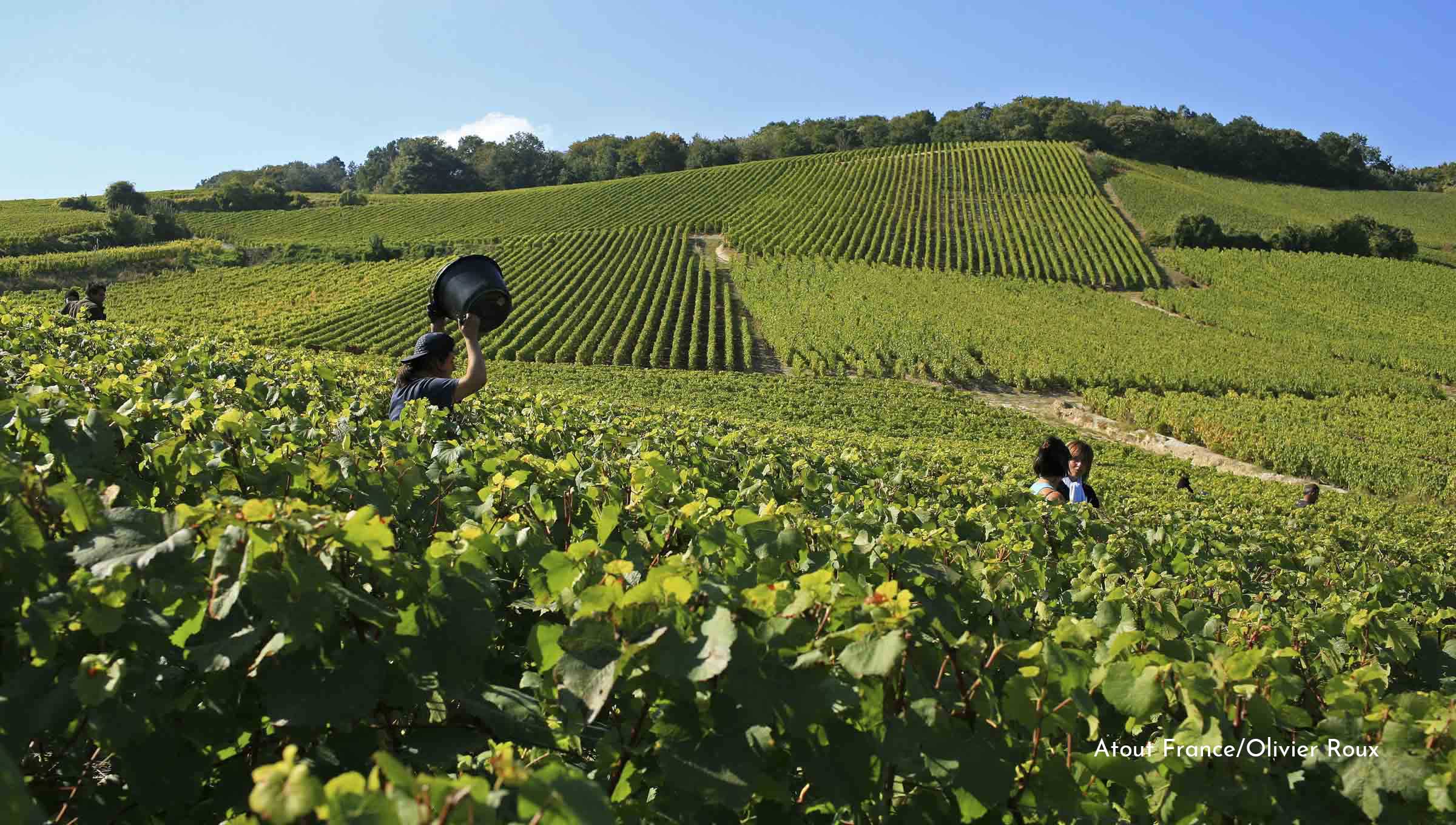
Épernay and Avenue de Champagne
Épernay is home to the most prestigious Champagne houses, arguably making it the real capital of the Champagne. The star attraction is the Avenue de Champagne, which is lined with beautiful mansions and headquarters many of the legendary Champagne houses. Underneath the elegant street are the more than 60 miles (110km) of tunnels that house 200 million bottles of bubbly. The tunnels are a must for wine-lovers!
Charming Hautvillers, “the Cradle of Champagne” is a stone’s throw away from Épernay. The village is surrounded by rolling green hills and a sea of vineyards. Dom Perignon, the mythical father of Champagne, is buried in its Abbaye Saint-Pierre.
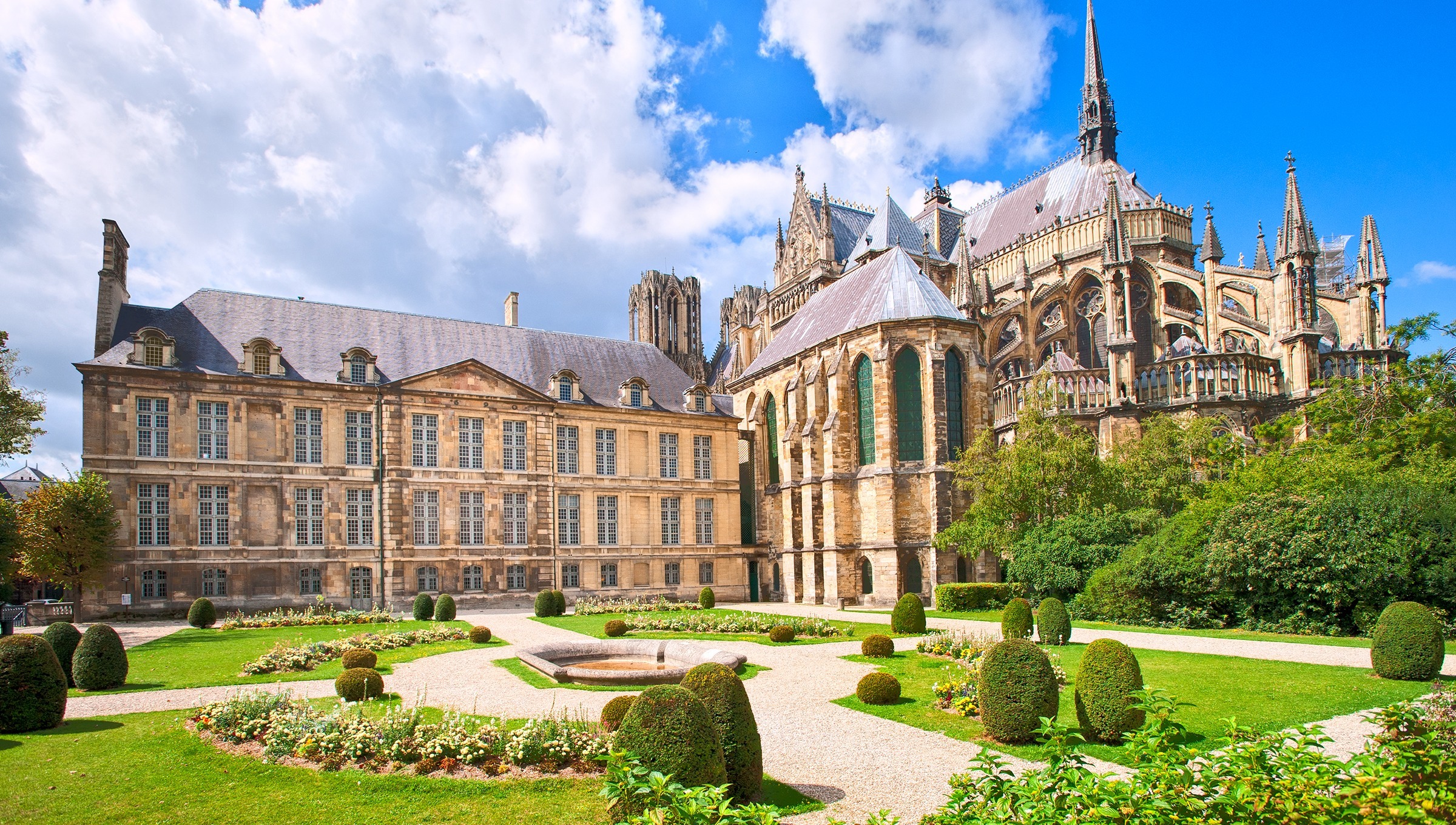
Reims
The capital of Champagne and the City of Kings makes a great base from which to explore the Champagne’s vineyards. Upon your return to town visit the Notre-Dame cathedral, one of France’s most visually-stunning and historically-important churches. 80% of the city was destroyed in World War I. Rebuilding left Reims with an unrivaled collection of Art-Deco architecture mixed with the surviving Gothic monuments. A visit to the Veuve Clicquot house and its wine-cellars is a highlight!
Hotels & Villas
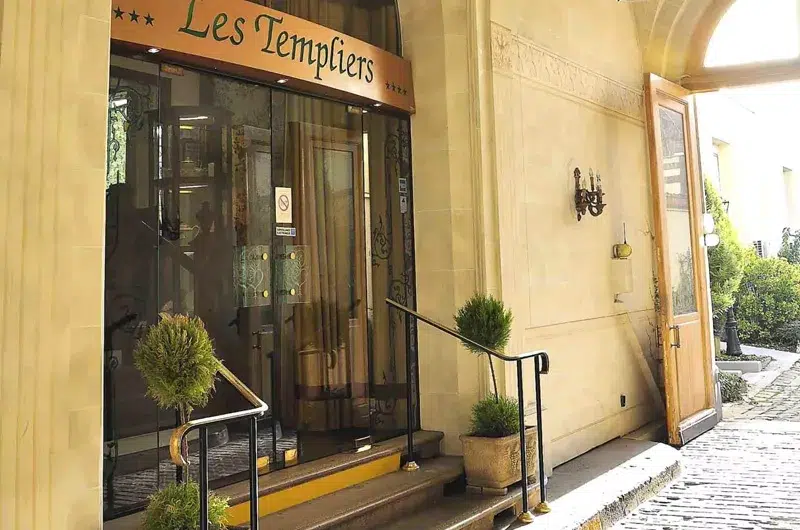
Grand Hôtel des Templiers
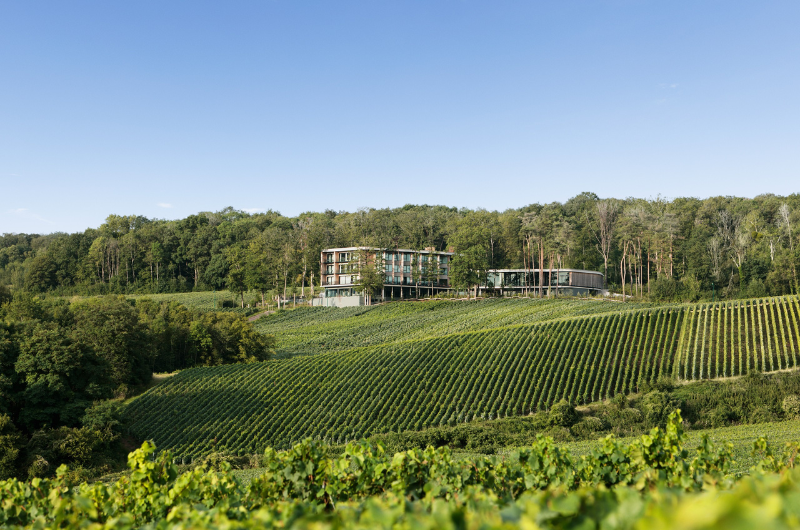
Loisium Hotel Wine and Spa Champagne
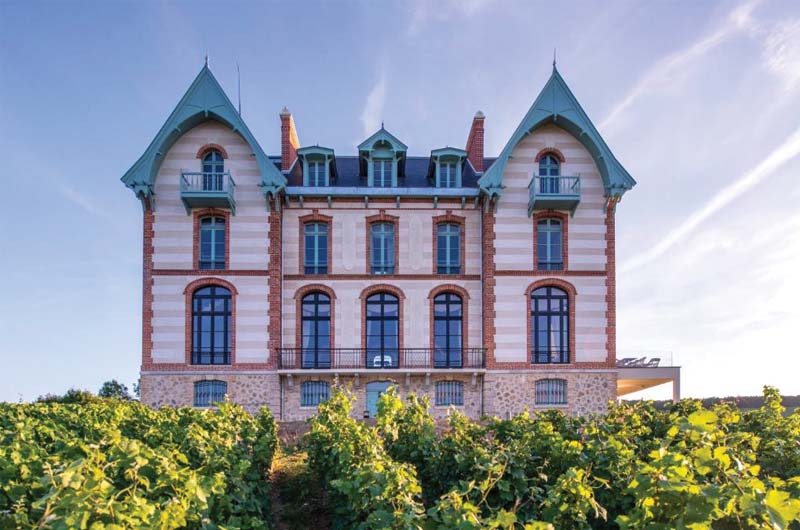
Chateau de Sacy
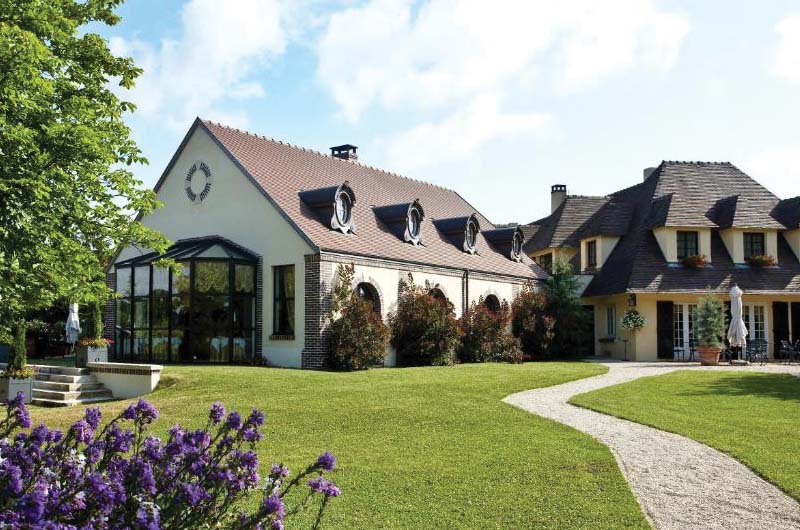
Hostellerie la Briqueterie
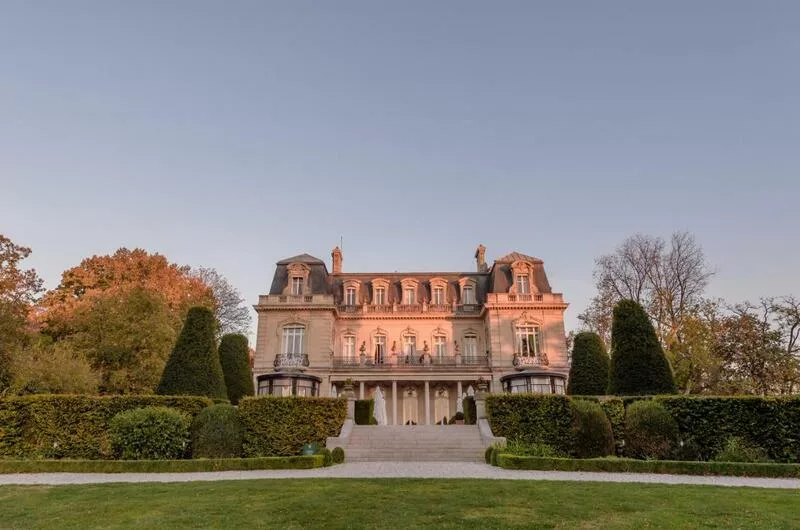
Domaine les Crayères

Royal Champagne Hotel & Spa
What Our Clients Are Saying
Why French Side Travel?
Award-Winning Expertise
Local Knowledge, Tailored to You
Authentic French Immersion
Round-the-Clock Support
Worry-Free, Tailor-Made Travel
Our Partners and Awards


